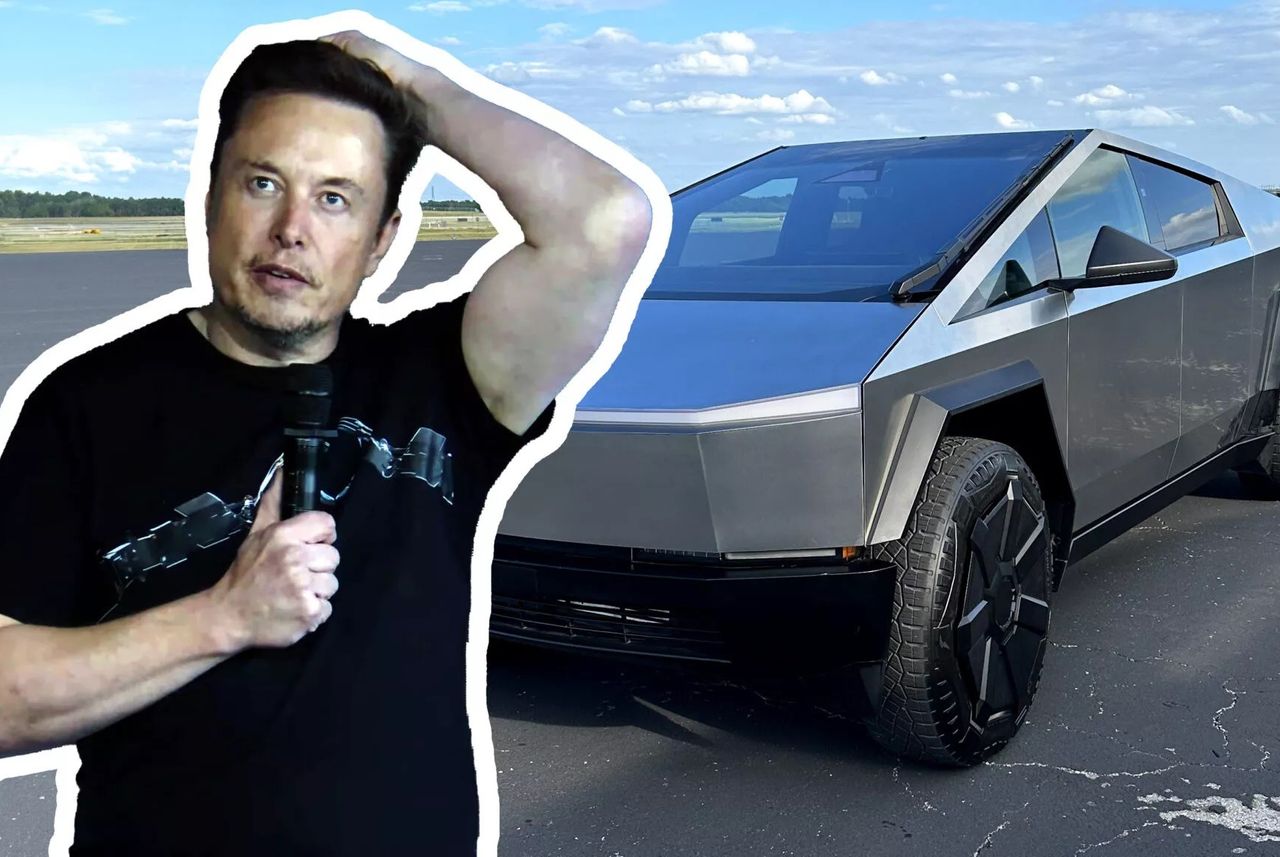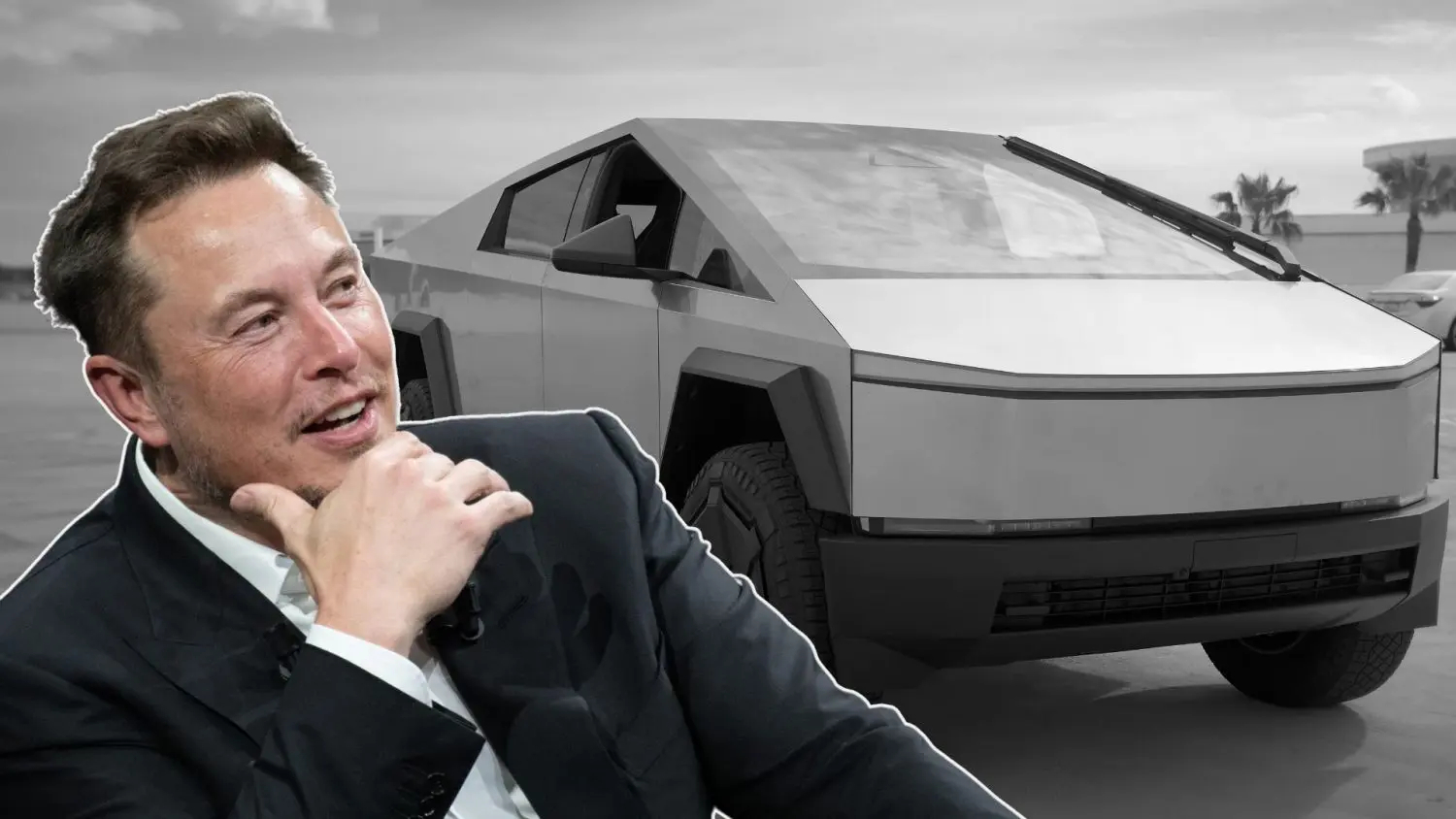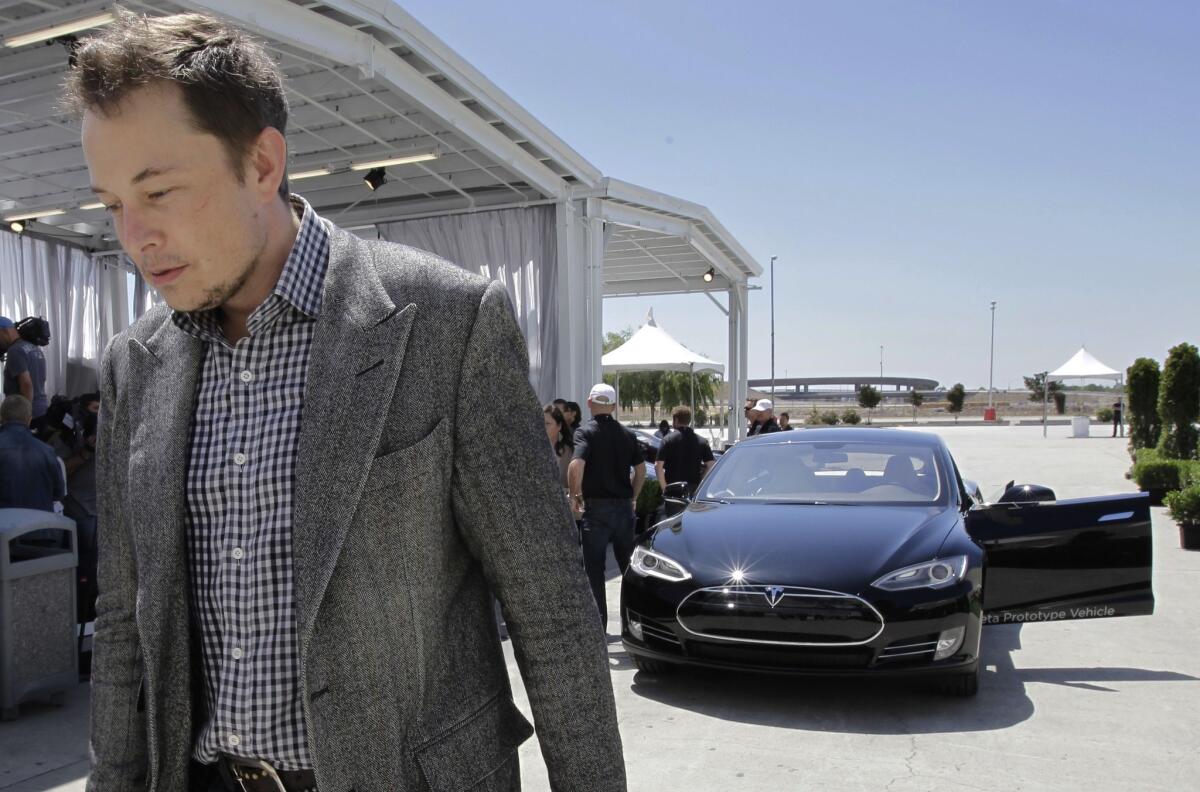The Tesla Cybertruck, launched with immense fanfare and positioned as the radical future of electric trucking, is reportedly grappling with significant market challenges. While the vehicle was initially touted as an automotive icon that would redefine the pickup segment, recent reports suggest sales figures are far below internal projections, leaving the company scrambling for solutions. The latest development—and perhaps the most controversial—is the allegation that Elon Musk is deploying his adjacent empire, specifically SpaceX and the AI startup xAI, to purchase hundreds of the underperforming vehicles in a maneuver skeptics have labeled an "internal rescue operation."

The premise of the Cybertruck’s introduction was audacious: a stainless steel, brutally minimalist vehicle designed to disrupt a conservative market. Tesla had reportedly set a highly ambitious internal target of up to 300,000 units sold annually. However, reality has proven far more subdued. In the first quarter of 2025, the company is said to have delivered only around 5,000 Cybertrucks. Compounding the issue, U.S. media reports indicate that thousands of unsold units are accumulating at the Gigafactory in Austin, Texas, even as Tesla has resorted to continuous price cuts to stimulate demand. The vehicle that was meant to be a scarcity symbol is quickly becoming a glut.
The resulting corporate response, as detailed by sources including Electrek, has raised serious questions regarding corporate governance and financial transparency. Both SpaceX and xAI, which are also helmed by Elon Musk, have reportedly acquired hundreds of Cybertrucks in recent weeks. The official justification for these internal sales is pragmatic: replacing the existing fleets of internal combustion engine vehicles used by the companies with electric ones, aligning with Musk’s stated mission of accelerating the world’s transition to sustainable energy. Footage from dedicated YouTube channels, such as NASASpaceflight, has shown numerous Cybertrucks being delivered to SpaceX facilities, including the Starbase site in Boca Chica and the Starlink plant in Bastrop.

However, many financial analysts and market observers remain deeply skeptical. They view this intra-company cash transfer not as a genuine shift towards electrification but as a concerted effort to "window-dress" Tesla’s sales figures and alleviate the growing burden of unsold inventory. By utilizing the substantial balance sheets of his privately-held companies—SpaceX being valued highly and xAI being heavily capitalized—Musk effectively allows his public company, Tesla, to temporarily offload its stock and present a healthier delivery number to external investors and the broader market.
The implications of this alleged internal purchasing strategy are twofold. Firstly, while it provides short-term inventory relief and helps maintain production momentum at Gigafactory Texas, it does little to address the fundamental problem: whether the Cybertruck has sufficient organic market demand to justify its production volume. If the vehicle requires internal sales to meet delivery quotas, it suggests a long-term viability crisis for a product that was meant to be a pillar of Tesla's future revenue.
Secondly, the strategy raises significant concerns about conflicts of interest. Although the purchases may be legally sound, the perception that a CEO is using private entities to bolster the financials of his public company erodes confidence among public shareholders, especially given Musk's comparatively small (yet still substantial) stake in Tesla compared to his majority control over private ventures like SpaceX and xAI. Such actions can fuel accusations of manipulating market perception, particularly when Tesla’s stock is highly sensitive to delivery news and is currently under pressure due to broader EV market saturation.
In essence, the Cybertruck was intended to be the physical manifestation of Tesla's continued innovation. Instead, it is becoming a symbol of the complex, often intertwined financial relationships within the Elon Musk corporate universe. For now, the "internal rescue" provides a temporary buffer against shareholder scrutiny. However, it sidesteps the core issue of sustainable demand. The long-term success of the Cybertruck, and indeed the credibility of Tesla’s sales reporting, hinges on the company’s ability to prove that its customers—not its sister companies—are the primary drivers of its sales volume.

0 comments:
Post a Comment